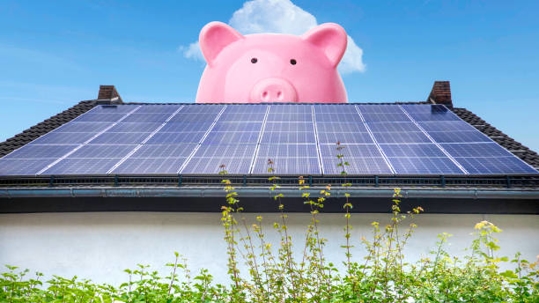As the world increasingly embraces sustainable energy solutions, solar power emerges as a frontrunner in the race toward a greener future. Beyond its environmental benefits, one of the most compelling aspects of solar energy is its potential for significant cost savings. In this blog post, we explore the intricacies of calculating the return on investment (ROI) for solar energy systems, empowering you to make informed decisions about your energy future.
Understanding the Components of Solar ROI
Calculating the return on investment for a solar energy system involves considering various factors. The initial investment, including equipment costs, installation fees, and any additional expenses, forms the baseline for ROI calculations.
Initial Investment: Breaking Down the Costs
The upfront cost of installing a solar energy system can vary depending on factors such as system size, equipment quality, and installation complexity. However, it's essential to view this investment as a long-term asset that will generate savings over its lifespan.
Tax Incentives and Rebates: Maximizing Savings
Federal, state, and local incentives can significantly reduce the initial investment in solar energy. Tax credits, rebates, and other financial incentives can make switching to solar more accessible and financially rewarding.
Energy Savings Over Time: How Much Can You Save?
Solar energy systems generate electricity from sunlight, offsetting or even eliminating your reliance on grid-supplied power. Over time, the energy savings from solar can accumulate, resulting in substantial reductions in utility bills.
Long-Term Benefits: Accounting for Future Value
While the upfront costs of solar installation may seem daunting, it's essential to consider the long-term benefits. As utility rates continue to rise, the savings from solar energy increase, enhancing the overall ROI of your investment.
Factors Affecting ROI: Location, System Size, and Efficiency
Several factors can influence the ROI of a solar energy system, including geographical location, system size, panel orientation, and overall system efficiency. Understanding these factors can help you optimize your solar investment.
Case Study: Real-Life Examples of Solar ROI
To illustrate the financial benefits of solar energy, we can provide real-life case studies showcasing the ROI of solar installations in different settings. These examples demonstrate the tangible savings and environmental impact of choosing solar.
Lighthouse Solar
Investing in solar energy offers not only environmental benefits but also substantial cost savings over time. By understanding the components of solar ROI and considering factors such as tax incentives, energy savings, and long-term benefits, you can make an informed decision about transitioning to solar power. To explore solar options tailored to your needs and maximize your ROI, contact Lighthouse Solar - NY today.

